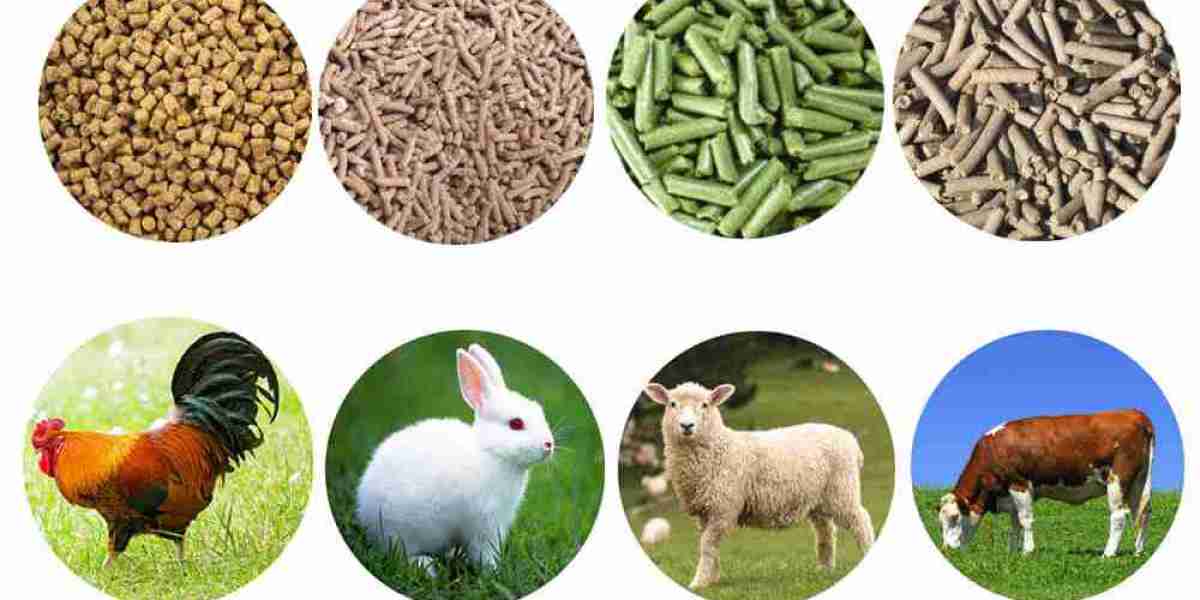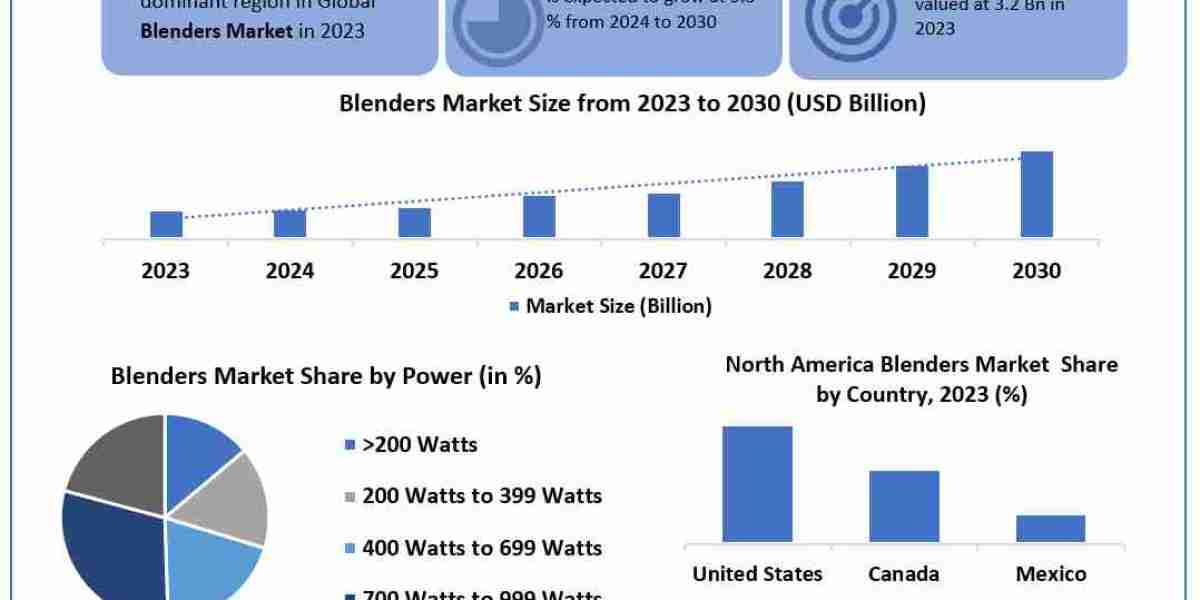The animal nutrition market is experiencing dynamic growth, driven by changing consumer preferences, evolving farming practices, and the increasing demand for animal-based products globally. With livestock feed accounting for a significant portion of the market, understanding the nutrient demand and market dynamics in this sector is crucial for stakeholders looking to innovate and improve the efficiency of animal production systems. This research explores key drivers, emerging trends, and challenges within the animal nutrition market, focusing on livestock feed and nutrient requirements.
1. The Growing Demand for Livestock Products
The demand for livestock-based food products such as meat, milk, and eggs continues to increase, primarily due to population growth, urbanization, and rising incomes in emerging economies. As dietary patterns shift toward higher consumption of animal proteins, farmers and producers are under increasing pressure to improve productivity and meet the growing needs of the global population.
Rising Global Meat Consumption:
The global demand for meat and meat products is expected to rise by 70% by 2050, with regions like Asia-Pacific, Latin America, and Africa driving this increase. This trend is putting significant pressure on livestock producers to maximize their output while ensuring sustainability and animal health.Dairy and Poultry Growth:
The dairy and poultry sectors are also expected to experience robust growth due to increasing consumer preferences for milk-based products and chicken meat. In these sectors, animal nutrition plays a pivotal role in ensuring optimal growth rates, feed efficiency, and animal health.
2. Nutrient Demand in Livestock Feed
The nutrient requirements for livestock feed are highly dependent on the species, age, growth stage, and health of the animals. The primary nutrients needed in livestock feed include proteins, carbohydrates, fats, vitamins, minerals, and water, each contributing to the overall health and productivity of animals.
a. Protein and Amino Acids
Proteins are among the most critical nutrients in livestock feed, as they are necessary for growth, reproduction, and milk production. The demand for high-quality proteins is increasing as livestock producers look for ways to improve feed conversion ratios (FCR) and overall productivity.
Plant-Based Proteins:
With concerns about sustainability, there is a growing shift toward plant-based proteins (e.g., soybean meal, canola meal, and pulses) to replace animal-based proteins like fishmeal. Alternative protein sources such as insect meal and microalgae are also gaining traction for their environmental benefits.Amino Acids:
The addition of amino acids such as lysine, methionine, and threonine is critical for improving protein utilization and optimizing animal growth. Companies in the animal nutrition space are increasingly focusing on precision nutrition, formulating feed with the exact balance of amino acids required for each livestock species.
b. Carbohydrates and Energy Sources
Carbohydrates, primarily from grains and forages, serve as the primary energy source in livestock diets. Energy-dense feeds are essential for promoting optimal growth rates and reproduction, particularly in cattle and poultry.
Corn and Wheat:
Corn, wheat, and barley are the most widely used energy sources in livestock feed. However, rising prices and supply chain disruptions have led to a search for alternative carbohydrate sources, such as sweet potatoes and cassava.
c. Fats and Fatty Acids
Fats and fatty acids provide a concentrated source of energy and are vital for the development of tissues, hormones, and the absorption of fat-soluble vitamins.
Omega-3 Fatty Acids:
Omega-3 fatty acids are particularly important in aquaculture feed and have gained attention for their potential to improve fish health and the nutritional quality of fish products. The use of marine oils and plant-based oils rich in omega-3s is becoming increasingly common.
d. Vitamins and Minerals
The inclusion of vitamins and minerals in livestock feed ensures proper immune function, bone development, and metabolic efficiency.
Trace Minerals:
Minerals such as zinc, copper, selenium, and manganese are vital for maintaining livestock health and improving feed efficiency. Their demand is rising due to their essential role in enhancing animal growth and productivity.Vitamin Premixes:
Vitamin A, D, E, and B complex vitamins are often included in feed premixes to support growth, immune function, and reproductive performance. The use of vitamin D and E is particularly important in poultry and swine nutrition.
3. Market Dynamics: Challenges and Opportunities
While the demand for livestock feed continues to rise, there are several challenges and opportunities that shape the market dynamics.
a. Feed Efficiency and Cost Management
One of the biggest challenges faced by livestock producers is the rising cost of feed ingredients, particularly as demand for corn and soybean increases. Efficient feed utilization is becoming a priority for producers looking to minimize production costs.
Precision Nutrition:
Precision feeding technologies that tailor the nutrient composition of feeds to the specific needs of animals at different stages of growth and health are gaining popularity. These technologies can significantly reduce feed costs while improving feed conversion rates (FCR).Alternative Protein Sources:
The search for alternative proteins that are more sustainable and cost-effective is driving innovation in the market. For example, the use of insect meal, algae, and fermented proteins can provide affordable, high-quality protein sources with lower environmental impacts.
b. Sustainability and Environmental Impact
Sustainability is a key concern in the animal nutrition market. The environmental footprint of livestock production, particularly related to greenhouse gas emissions, water usage, and land degradation, is under increasing scrutiny.
Sustainable Feed Ingredients:
There is a growing demand for sustainable feed ingredients, such as microalgae, insects, and seaweed, which are considered environmentally friendly and can help reduce reliance on traditional feed sources like fishmeal and soybeans.Carbon Footprint Reduction:
Companies are focusing on developing feed additives that can help reduce the carbon footprint of livestock farming. Innovations in methane inhibitors for ruminants, particularly cattle, are helping to reduce greenhouse gas emissions associated with livestock production.
c. Regulatory Pressure and Animal Welfare
The animal nutrition industry is also experiencing increased regulatory pressure, particularly concerning the use of antibiotics in animal feed. Regulatory agencies are pushing for more sustainable and ethical practices in the industry.
Antibiotic-Free Feed:
There is a growing movement towards antibiotic-free and antimicrobial-free livestock production. As a result, the demand for probiotics, prebiotics, and natural antimicrobial agents is on the rise. These alternatives help maintain animal health and prevent diseases without relying on antibiotics.
4. Conclusion: Future Trends and Prospects
The animal nutrition market is evolving rapidly, driven by the rising global demand for livestock products, advancements in feed technology, and an increasing focus on sustainability. As livestock producers strive to improve feed efficiency and reduce costs, there is a growing need for innovative feed formulations, alternative proteins, and sustainable practices. The future of the market will be shaped by companies that can address these challenges while capitalizing on opportunities in precision nutrition, functional additives, and alternative feed ingredients. Understanding nutrient demand and market dynamics is key to remaining competitive and ensuring long-term success in the animal nutrition sector.




